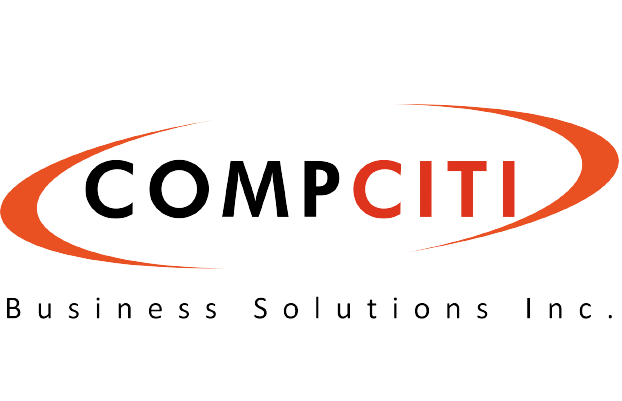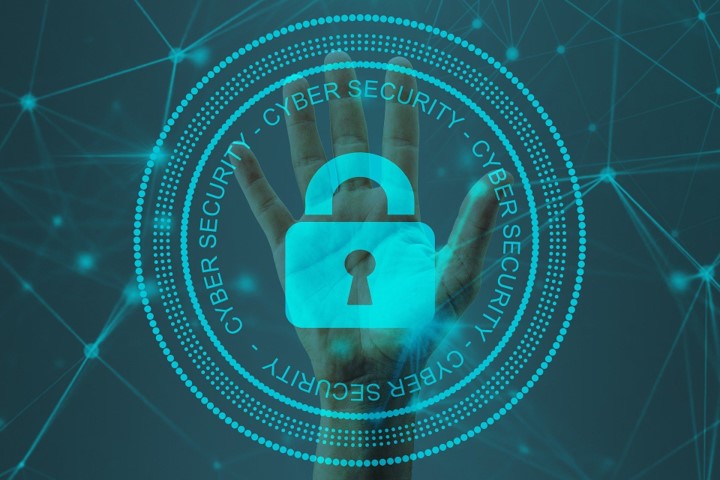Cybersecurity is a complex topic, there is no two ways about it. Strict regulations, increasingly sophisticated attack procedures, and shortage of skilled resources continue to throw challenges for the IT department to keep data secure. The pandemic has added another dimension to the equation with attackers now targeting growing vulnerabilities with a rise in work from home arrangements. With the rising threats, organizations are ramping up measures to mitigate the risk by plugging vulnerabilities and calibrating security controls. However, is that the best approach to handle data security? Stop-gap measures will bring in temporary although still not full-proof relief. A comprehensive cybersecurity program is required with regular monitoring and updates.
Whether you are just getting started with developing a cybersecurity program or are in process of upgrading your existing security measures, here are some key factors to consider:
Risk Assessment
A risk assessment report details the current status of your data security measures (or the lack of it) in place. Risk assessment identifies known vulnerabilities and offer remediation plan to strengthen securities. Most compliance regulation make it mandatory to get a risk assessment conducted by a third-party vendor. You can be proactive and start developing your data security program by initiating a risk assessment.
Choose a Framework Over a Specific Regulation
Governing bodies have laid-out industry specific regulations that are mandatory for covered entities to comply while recommended (but not obligatory) for others. Likes of 23 NYCRR 500, HIPAA, SOX 404, ABA 483, and others are just a few examples. Organizations often commit their cybersecurity program around a regulation. Focus is heavily laid on managing a checklist of requirements with an eye on clearing any future audits and penalties. Consider going beyond regulation specific checklists and developing a program based on standard framework instead. National Institute of Standards and Technology (NIST) is a common framework that highly influences many regulations currently in place. This will not only take you closer to achieving compliance as most regulations are an extension of standard frameworks but also enables you to develop a more comprehensive program.
Develop Policies and Procedures
It is Friday evening and there is a security breach. What is the protocol to follow? When should you inform stakeholders? These are some protocols that a cybersecurity policy will cover. Develop policies that take security measures, protocols, and best practices into consideration. Remember, processes do not exist if it is not documented.
Policies are as good as its enforcement. Create procedures to enforce policies and hold stakeholders accountable.
Continuous Training
Your workforce is a critical end-point to completing your security measures. You can spend months in time and investment on developing a well-oiled data security program. However, one wrong click from your workforce in a phishing email can jeopardize data integrity. There are many cases reported where a disgruntled employee or an unintentional error resulted in a data breach. Educating your employees on a regular basis and holding everyone accountable is essential to rounding up your security program.
Regular Monitoring and Audit
As most things in IT, cybersecurity is a continuous process that needs regular maintenance and monitoring. Conducting regular audit not only strengthens your security measures, but also makes your case stronger to stay complaint with regulations. Develop simulation environment and test the measures in place. Conduct random tests to identify employees’ ability to distinguish phishing emails. Stress-test your network to discover weakness within your network.
Cybersecurity program is no longer a luxury but a necessity irrespective of the size of your organization. If you handle client and employee sensitive data, you need a cybersecurity program. Stop-gap measures are temporary relief which does little good. Understand your industry regulation requirements and develop a program with a standard framework. With cybersecurity being such a diverse and complex operation, you may not have access direct access to all the resources in-house. Third-party vendors often are a preferred choice for many organizations since they offer subject matter specialization and range of services that can help achieve protection against vulnerabilities.


